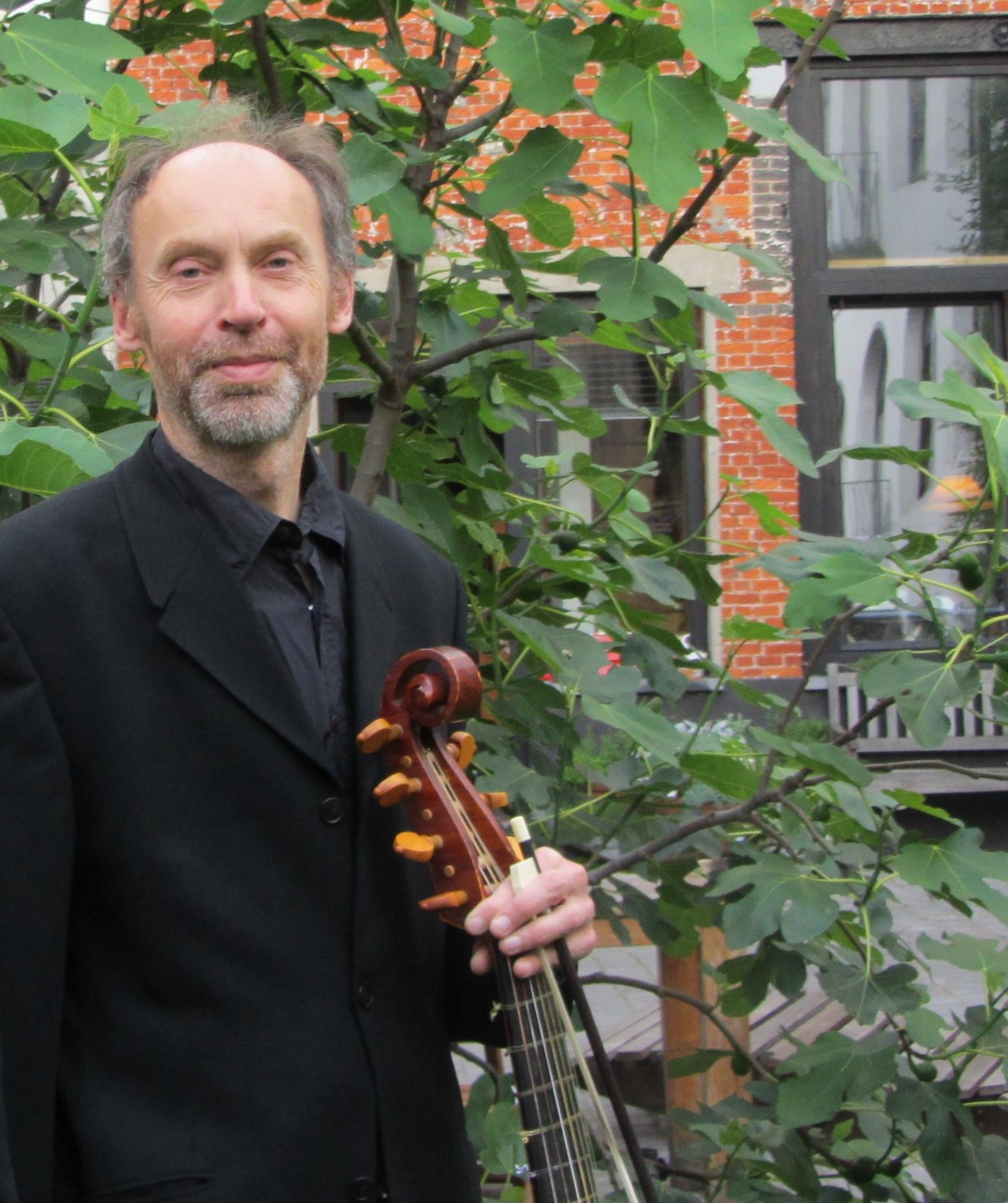If there is one blind spot in our knowledge of the music in the Southern Netherlands in the 17th century, it’s surely the Latin church music. Instrumental music for strings and for keyboard, monophonic folksongs and the tradition of ‘Cantiones natalitiae’ are relatively well documented, by historical research and in editions. They prove that the years 1630-1640 were an important turning-point for our local composers to move from a late renaissance polyphonic style towards an Italianate baroque style. Piet Stryckers hopes to see the same evolution within the Latin church music.
Between 1640 and 1680, the Antwerp music printing house Phalesius, published some 40 collections of Latin church music in stilo concertato, written by local composers. Most of them were working as master of the choristers or as organist in the bigger churches and cloisters. Many of these collections are entitled ‘Missae et Motetta’ and consist of a number of masses and motets. Stryckers will focus on motets. They have the advantage to be shorter, but also to often have more varied texts, sometimes with beautiful images, which could inspire composers to apply a more emotional style.
A study of the dedicatees of the collections could provide additional information on the working area of those composers. And the subject of the motets, e.g. saints or feasts which are venerated, may lead us to an understanding of the liturgical use of this music.
Scores have to be brought alive in music, so they will be put at disposal for choirs and vocal ensembles.





